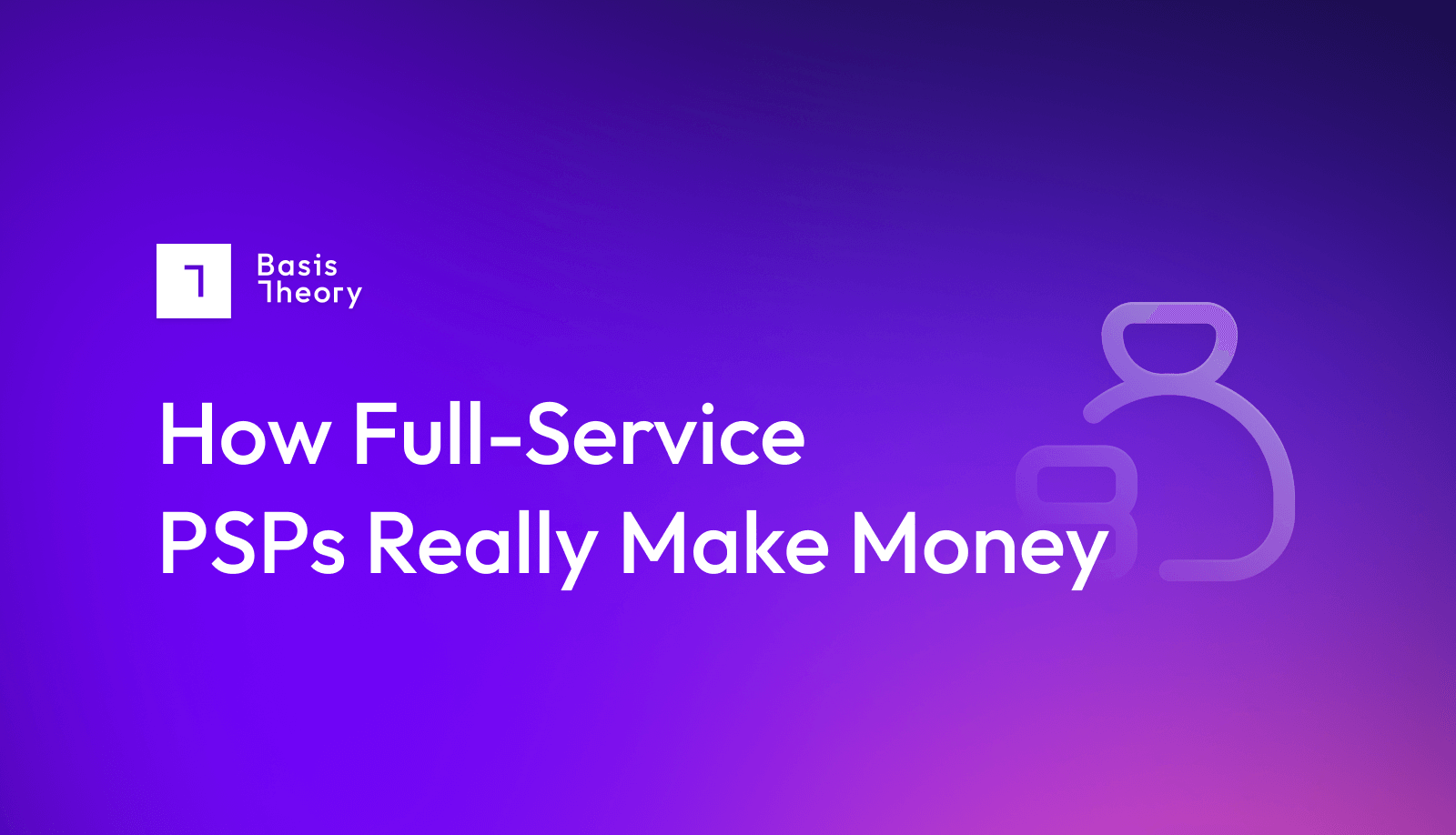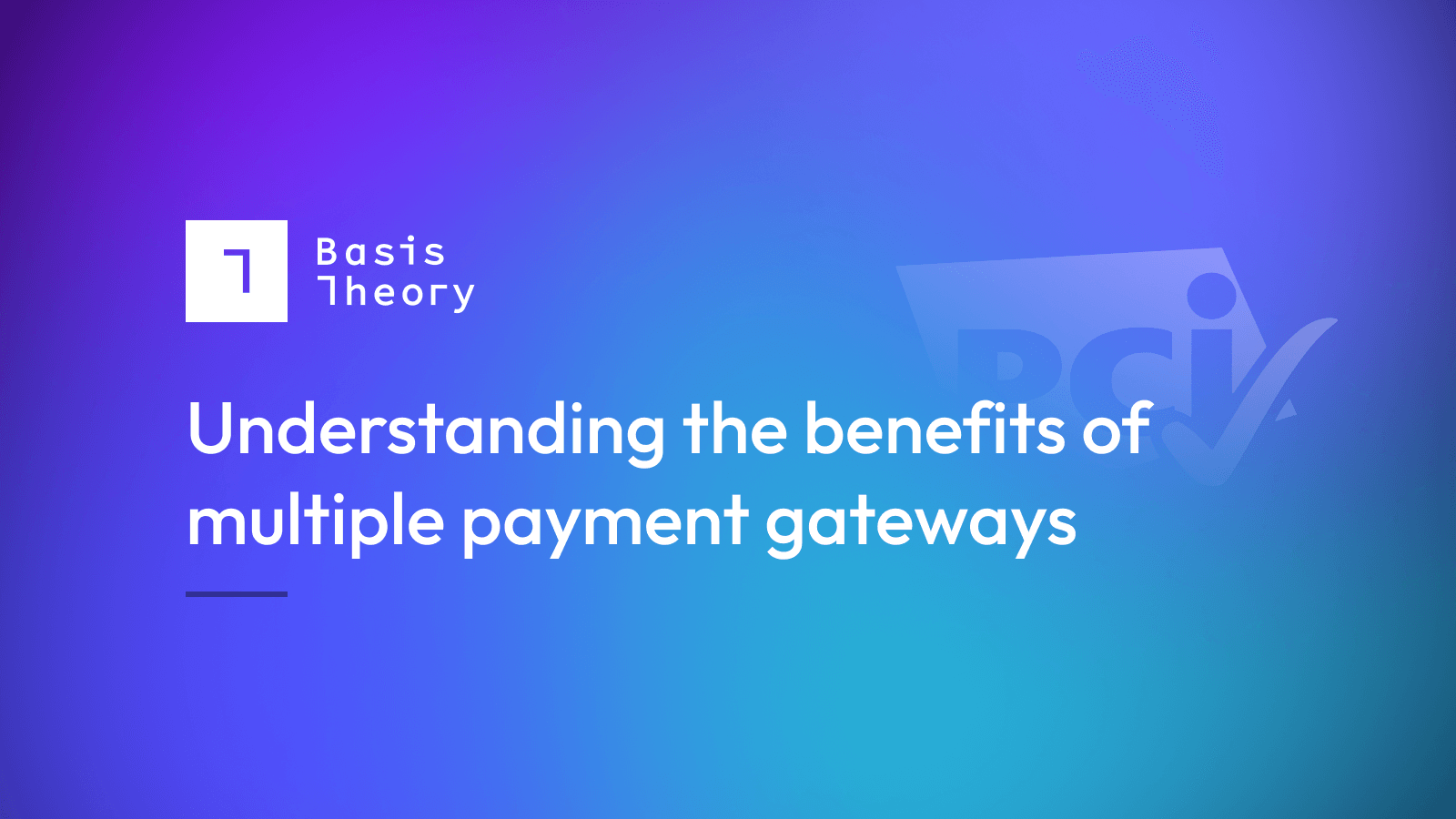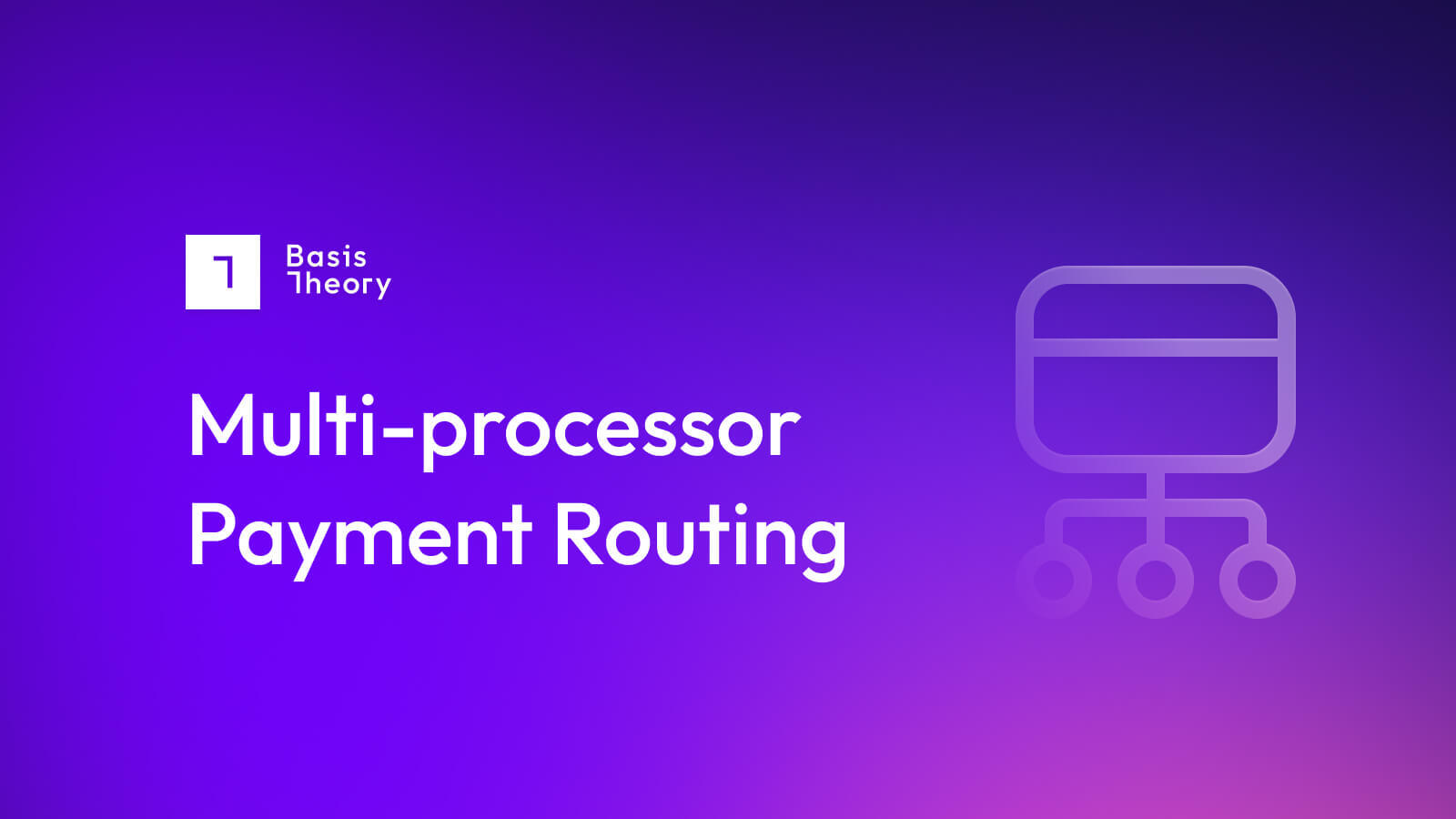How Stripe and Other Full-Service PSPs Really Make Money

Like so many full-service payment providers, Stripe offers an apparently very simple proposition: run all your payment transactions through their system and pay a simple flat fee of 2.9% plus $0.30 (in the United States, anyway). The reality of their real business model, however, is anything but simple and includes revenue generators most of their merchant customers are surprised to learn more about.
How Much Stripe Makes From Their Flat Fee
The reality is that, on many transactions, Stripe takes only a relatively small amount of revenue - and doesn’t make a huge amount from it. Depending on how the customer chooses to pay (i.e. are they using a debit card, a Mastercard, a digital wallet, and so forth), and what they are seeking to buy (a t-shirt, a digital subscription, medication, etc.), the standard fees that Stripe will need to pay to the other participants in the payment ecosystem will likely run somewhere in the range of 1.25% to 3.25 plus $0.10. Indeed, if they are processing a payment on American Express they may even end up taking a loss, with standard interchange rates for AmEx running in the range of 3% to 4% for many classes of purchase.
That said, the mix of payment methods is their friend: digital wallets, bank transfers, and debit cards offer substantially lower rates. By law, for instance, debit card transactions in the United States have their fees capped at $0.21 plus 0.05% (plus another 0.01% for fraud services) - so if Stripe could get everyone to use debit cards, their margins would be very healthy.
Logically, of course, Stripe cannot restrict customers to just debit cards, so the likelihood is that their margins from the flat fee are no better than 1% to 2%.
How Stripe Makes Money from Other Clearly-Labeled Services
As it turns out, the flat fee for processing is not the beginning and the end of Stripe’s fees - in fact, our best guess is that it essentially pays to keep the lights on (Stripe is a private company, so the details are a closely-guarded secret). Thankfully for the company it has added a series of other revenue-generating services, including
- Billing which helps merchants to invoice customers, manage their subscriptions, and analyze the health of their business. This cost is around 0.5% of revenue (after the first $1 million), and is, of course, in addition to any processing fees.
- Connect is a more complex version of roughly the same thing, designed to help merchants running marketplace businesses to manage business with their business partners. The volumes are likely to be higher, so the fees are just 0.25% on top of processing.
- Radar is a big data-based anti-fraud system that, for just $0.05 per transaction on top of normal processing fees, seeks to weed out bad transactions.
- Sigma is a data storage system that allows them to acquire another $0.02 per transaction
There are plenty more services available, each clearly labeled and with well-articulated fee structures.
How Stripe Makes Money from Less Obvious Services
As a provider of payment services to thousands of businesses around the world, it is inevitable that Stripe pays lower interchange fees than most independent businesses would be able to negotiate on their own. More interestingly, Stripe, like any merchant, is on the hook to keep their chargeback rate low - and has the breadth of customers to be able to manage this very tightly. Where an independent business tasked with keeping chargebacks below 1% can only balance things by adjusting their own market approach, Stripe can keep them down by allowing and disallowing a range of businesses - which is why it’s not hard to find merchant stories on the Internet of having been abruptly excluded from Stripe’s service. With this flexibility comes the ability to keep their chargeback rate right at the line, allowing through the maximum possible amount of transactions.
Meanwhile Stripe is also able to levy chargeback fees of $15 per occurrence - likely a substantial markup from what they themselves must pay, as they are able to keep their aggregate chargeback rate at exactly the target their payment partners have. And, of course, if an individual merchant starts to get close to the 1% chargeback rate (which likely has minimal impact on Stripe’s larger business), Stripe can levy additional fees and requirements like any processor.
Refund fees can be a source of revenue for any full-service provider, as they can mark up the fees actually charged by their payment partners. Stripe has also relatively recently updated their terms to allow them to retain any currency conversion fees incurred on a transaction that is refunded.
And let’s talk a little about those currency conversion fees. Of course, making it easy for merchants to allow their customers to pay in whatever currency is most convenient for them, and for the merchant to receive funds in their own home currency, is a very valuable service. However, it’s also an excellent source of additional fees for Stripe, as they can
- Set their own conversion rate, which includes a margin (and does not guarantee that the buyer’s bank won’t charge their own conversion and cross-border fees); and
- Charge a fee to the merchant, which is not refundable, currently listed at 1% plus another .5% if the card is from a country other than the merchant’s own
It is not at all unusual for a processor to mark up conversion rates by a few percentage points, resulting in cross-border transactions adding 3 - 5% to the fee, even though neither customer nor merchant sees it all. And if the processor has a sophisticated Treasury department that buys and sells currency effectively, it can make more. For many processors like Stripe, currency conversion is a major source of revenue, largely because the conversion margin is effectively invisible to all.
Finally, Stripe is able to levy significant funds from merchants who decide they no longer want to stick with a full-service provider, because Stripe is in control of all saved customer credit card details.
Bottom Line: Stripe Makes Money From More Than Flat Fees
When merchants commit to a full-service processor like Stripe, they expect that their costs will be predictable and easily modeled, only to find out, as often as not, that they are higher and less consistent than expected. Moreover, as volumes go up, merchants recognize the opportunities to reduce their costs by automating their payment systems and taking advantage of the same fee-cutting strategies Stripe leverages, from using multiple processors to eliminate cross-border fees, to doing their own currency conversions to capture margins.
One of the first steps is to take control of customer credit card details by leveraging a token vault, like Basis Theory, so that the option to sign on with a range of processor partners is possible. While the token vault has a cost to it - often under a penny per transaction, the flexibility provided to, for instance, re-route debit card charges to lower-fee processors, makes it a financial no-brainer for merchants
If you’re a merchant looking for a vaulting solution, the flexibility and reliability of Basis Theory makes it the choice of large and small merchants alike. Contact us today to chat with one of our payment experts.
.png?width=365&height=122&name=BTLogo%20(1).png)



